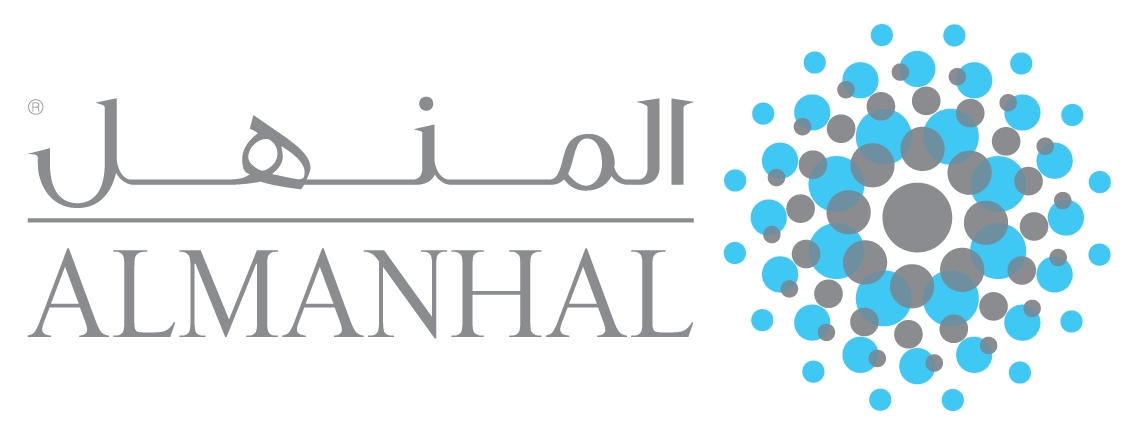Gap Analysis Between BNM Regulation and Musharakah Mutanaqisah Application in Islamic Banking
DOI:
https://doi.org/10.31436/jif.v7i1.214Abstract
Bank Negara Malaysia resolved the utilization of Musharakah Mutanaqisah on the Shari’ah Advisory Committee 56th meeting in 2010. In practice, most of the banks have adopted Musharakah Mutanaqisah for the purpose of home financing. This study examines the gap between the BNM regulation and as practiced by Maybank Islamic and HSBC Amanah. The method of analysis adopts a qualitative study based on the library research. The study discovered one major gap and three minor gaps. The major gap is related to charging an early settlement fee by HSBC Amanah. In addition, three minor gaps are related to wa’ad statement in both banks, the pledge statement with respect to Maybank, and default approach compliance in both banks. However, this study does not examine the gap that related to the contract validity. Nevertheless, the discovery of a single gap found may affect contract validity of the product. This study recommends for better monitoring and supervision conducted by all stakeholders. BNM Shari’ah Advisory Council and respective Islamic bank committees should verify the practice that may cause the contract to become void. In addition, Islamic financial institutions should strictly follow all the regulations issued by the Bank Negara Malaysia in all their practices and publication in order to make the contracts acceptable according to Shari’ah and to cater public confidence. Adhering to guidelines along with the Shari’ah standard of the product further increases accountability and trustworthy of Shari’ah compliance in a particular product.
Downloads
References
Asian Institute of Finance (2013). Musharakah Mutanaqisah Home Financing. Retrieved from http://www.aif.org.my/clients/aif_d01/assets/multimediaMS/publication/CaseStudy_Musharakah.pdf
Bank Negara Malaysia (2010). Shariah Resolutions in Islamic Finance 2nd edition. Kuala Lumpur, Malaysia
BNM (2011). Regulatory and Supervisory Framework. Retrieved from http://www.bnm.gov.my/files/publication/fsps/en/2011/fs2011_book.pdf
BNM (2015). Musyarakah Sharia Standard Retrieved from http: //www. bnm.gov.my/ guidelines/ 05_shariah/ Musyarakah.pdf
BNM (2016). Ijarah Sharia Standard. Retrieved from http:// www. bnm. gov. my/ guidelines/ 05_ shariah/ PD_ijarah.pdf
BNM (2013). Guidelines on Ibra’ (Rebate) for Sale-Based Financing. Retrieved http://www.bnm.gov.my/guidelines/01_banking/04_prudential_stds/Updated_GL_on_Ibra_Final_Sept2013.pdf
Hanafi, H.H. (2012). Critical Perspectives on Musharakah Mutanaqisah Home Financing in Malaysia: Exploring Legal Regulative and Financial Challenges (Doctoral Thesis), University of Durham, United Kingdom.
Hashim & Hassan (2015). Musharakah Mutanaqisah (MM) from Shari’ah Perspectives
HSBC Amanah (2016). Product Disclosure Sheet Home Smart-i. Retrieved from http://www.hsbcamanah.com.my/1/2/amanah/personal/financing/homesmart-i.
INCEIF (2015). Is interest-rate benchmarking good enough?. Retrieved from http://www.inceif.org/blog/interest-rate-benchmarking-good-enough/
ISRA (2010). Managing Default in Musharakah Mutanaqisah. ISRA Bulletin, (5), 5-7
Maybank Islamic (2016). Product Disclosure Sheet. Retrieved fromhttp://www. maybank2u. com.my/mbb _info/m2u /public/ personalDetail04
Meera, A.K.M. & Razak, D.J. (2009). Home Financing through the Musharakah Mutanaqisah Contracts: Some Practical Issues. Islamic Economics Journal, 22(1), 121-143
Naim, Asmadi Mohamed. (2011). “Purchase Undertaking Issues In Musharakah Mutanaqisah Home Financingâ€. ISRA International Journal of Islamic Finance, 3(1), 25-47
Lung, L.C. (2013). Musharakah Mutanaqisah Partnership in Malaysia’s Islamic Bank: A Comparison Between Theory and Practice. American Journal of Economics and Business Administration, 5 (3), 95-106
Smolo, Edib. (2010). Managing Default in Musharakah Mutanaqisah, ISRA Bulletin, 5, June 2010.
Smolo, Edib, and Hassan, Mohd Kabir. (2011). “The Potential of Musharakah Mutanaqisah for Islamic Housing Financeâ€.International Journal of Islamic and Middle Eastern Finance & Management, 4(3), 237-258.
Sundararajan, V., and Errico, L. (November 2002). Islamic Financial Institutions and the Products in the Global Financial System: Key Issues in Risk Management and Challenges Ahead: IMF Working Paper.
Taib, Fauziah Md, Ramayah,T., and Razak, Dzuljastri Abdul.(2008).“Factors Influencing Intention to Use Diminishing Partnership Home Financingâ€.International Journal of Islamic and Middle Eastern Finance and Management. 1(3), 235-248.
Usmani, T. (2004). An Introduction to Islamic Finance. Maktab Maa’rul Quran, Karachi, Pakistan












